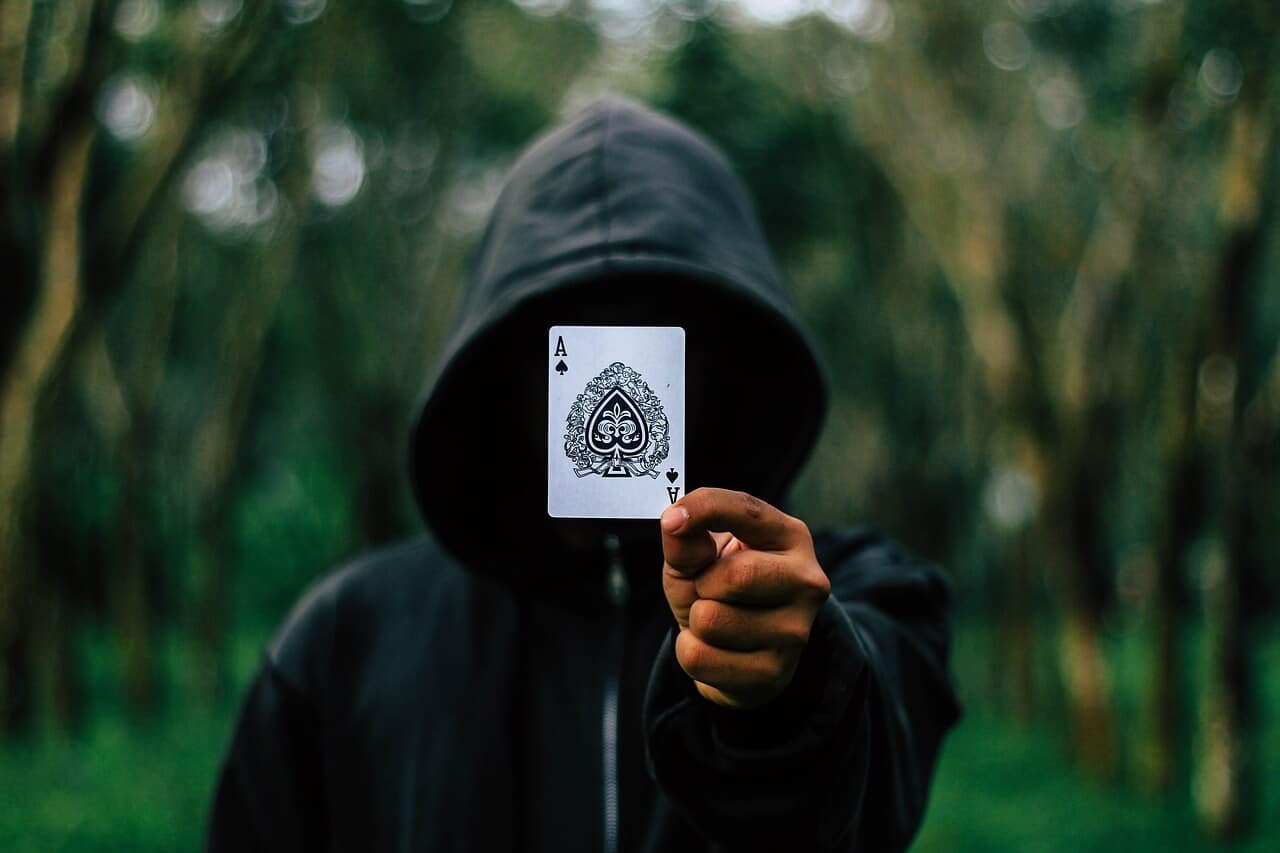All things creepy and mystical abound in October, including things magical, and, increasingly, tech magic.
Magic has always followed the culture. It changes with the culture, but also stays the same.
According to illusionist and endurance artist David Blaine, the first card trick to be recorded in 1478 would likely fool you today. Depends on the skill of the performer, of course, and the willingness of the audience to be amazed.
Magic has always involved technology. A 17th century German priest secretly used a lantern to create ghosts for his watchers, Blaine wrote in The Economist. It was very high tech then, since no one really expected a lantern to project images. Today we call it a slide projector, and it probably wouldn’t fool many.
Illusionist Jean Eugene Robert-Houdin (Harry Houdini named himself after him) in 1856 used electromagnetism, then little known, to make it seem that, through his own will power, he could prevent a strong man from picking up a small iron box.
Today, you’ll see iPads pour beer. Cell phones that magically text messages. Even phones that magically ring on cue. These days magicians can predict Tweets or pull a napkin clear through a cell phone.
At the heart of technology magic is the conviction that what appears to happen can’t happen. Can’t be done.
What’s going on?
The wily illusionist still shocks and amazes with time-tested skills and spells — that’s what. Today, if you want to be amazed, there is a lot of magic out there, both old and new. And, really, who cares how it’s done? It’s still cool to be amazed.
Either way, it could be time to dust off the found-a-quarter-behind-your-ear trick for October. It’s still the perfect trick for kids and, after all, Oct. 31 is National Magic Day, which coincides with Harry Houdini’s death.

